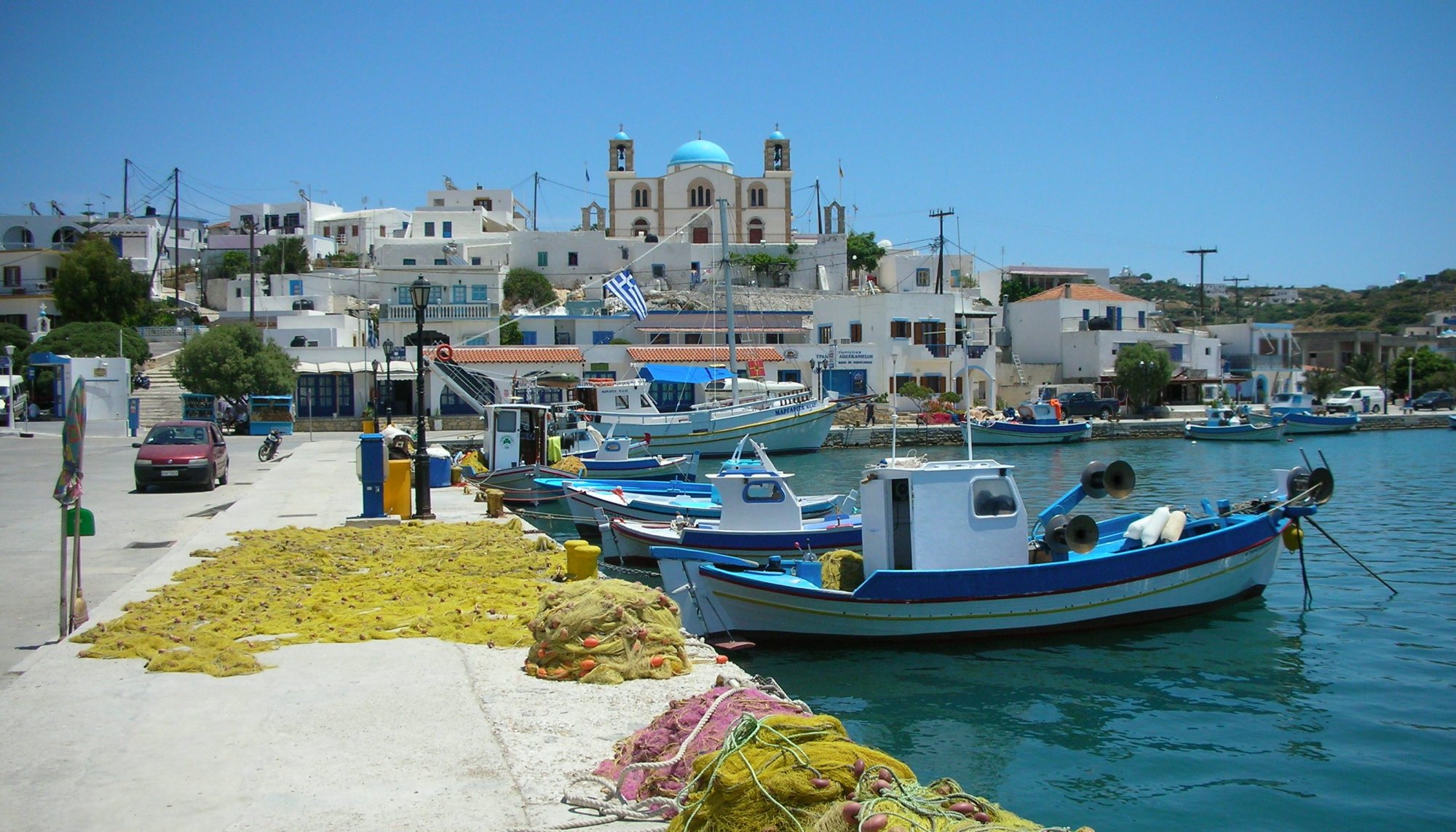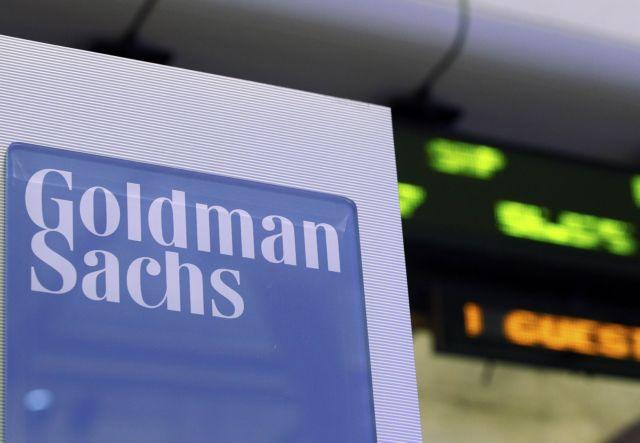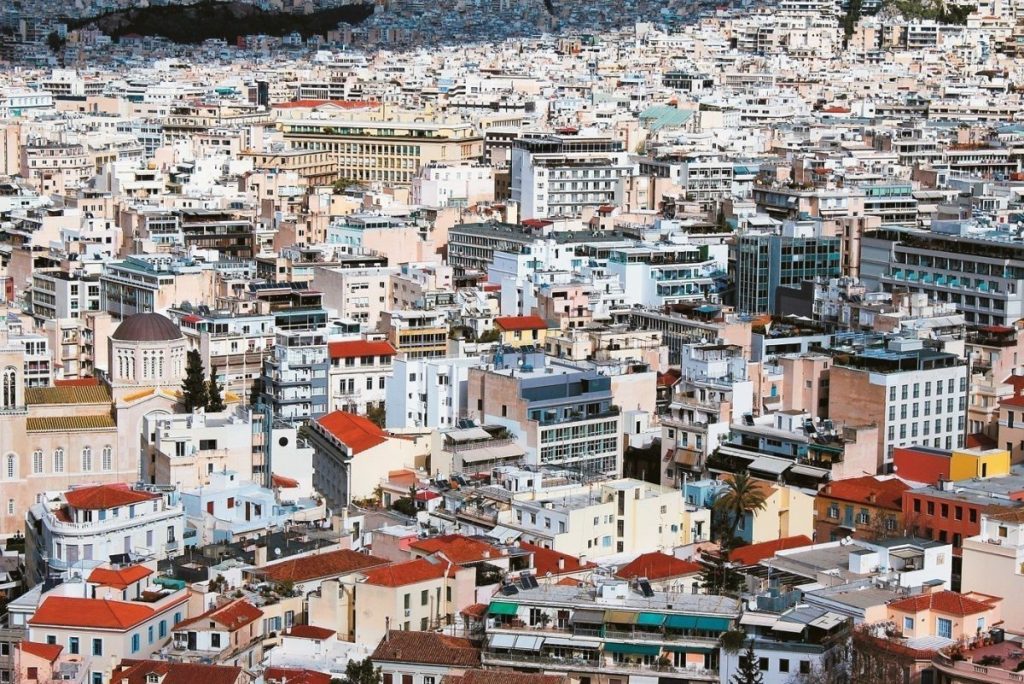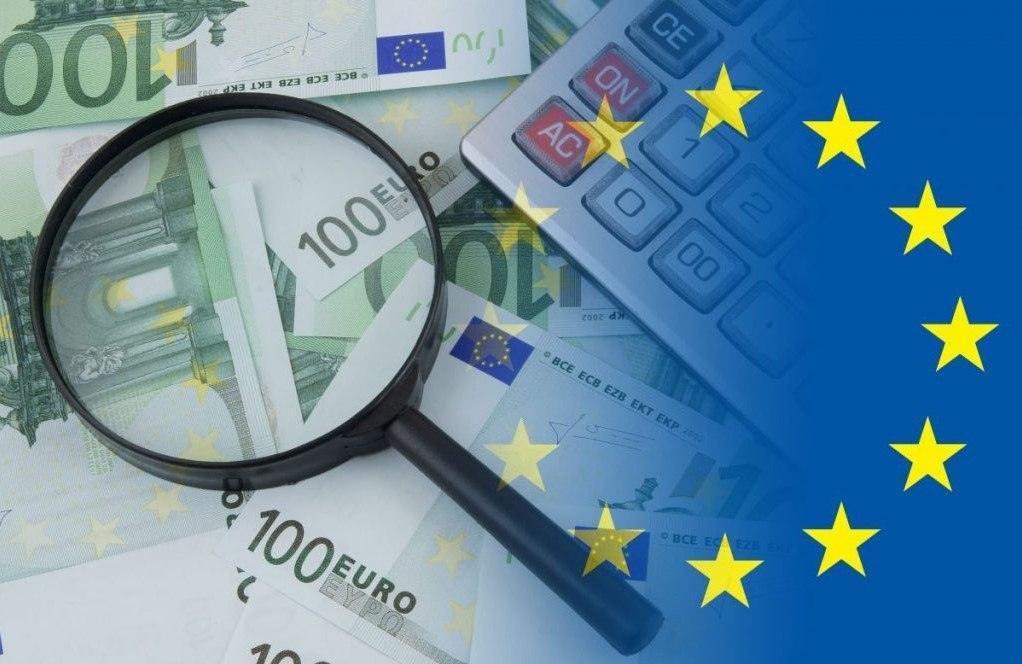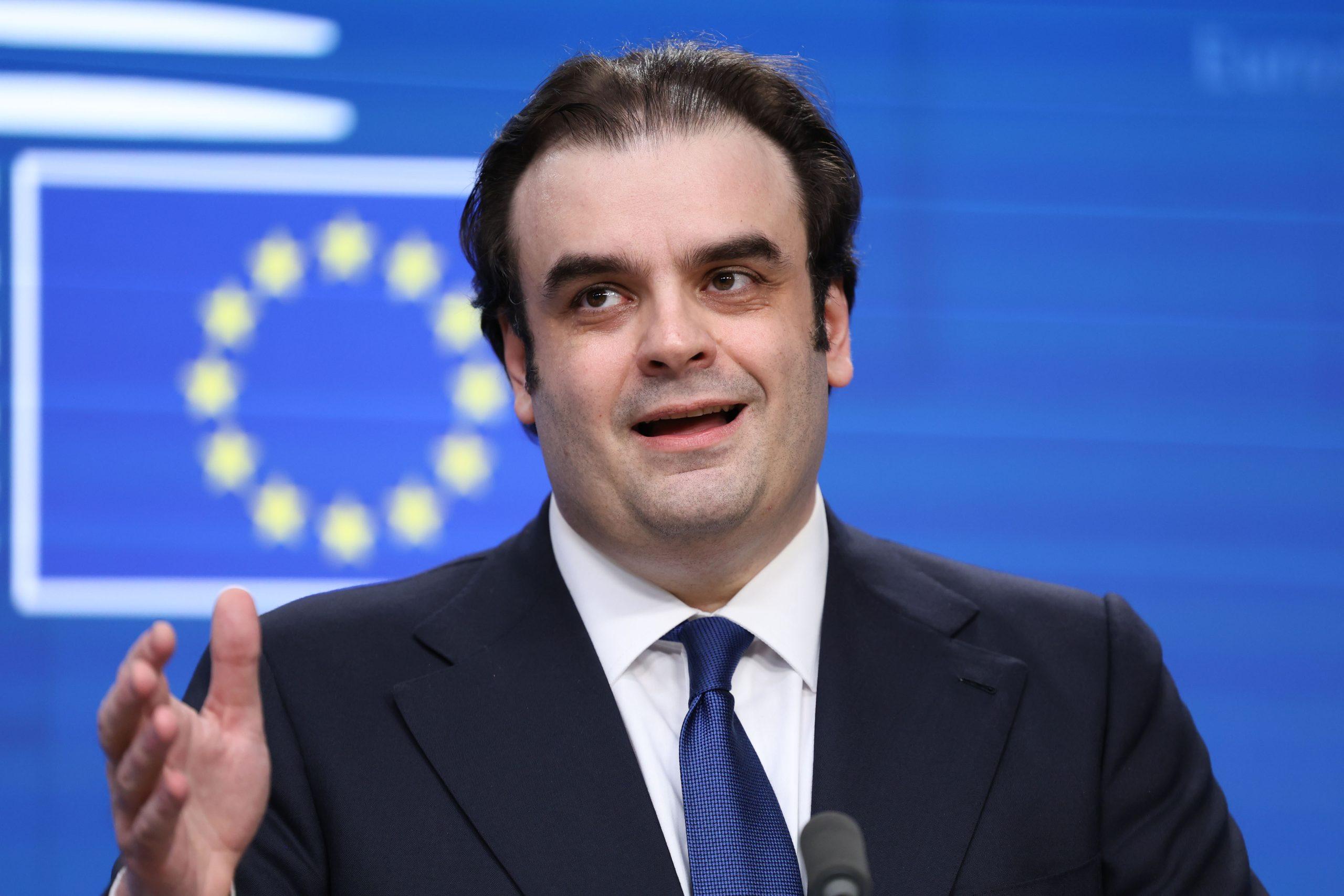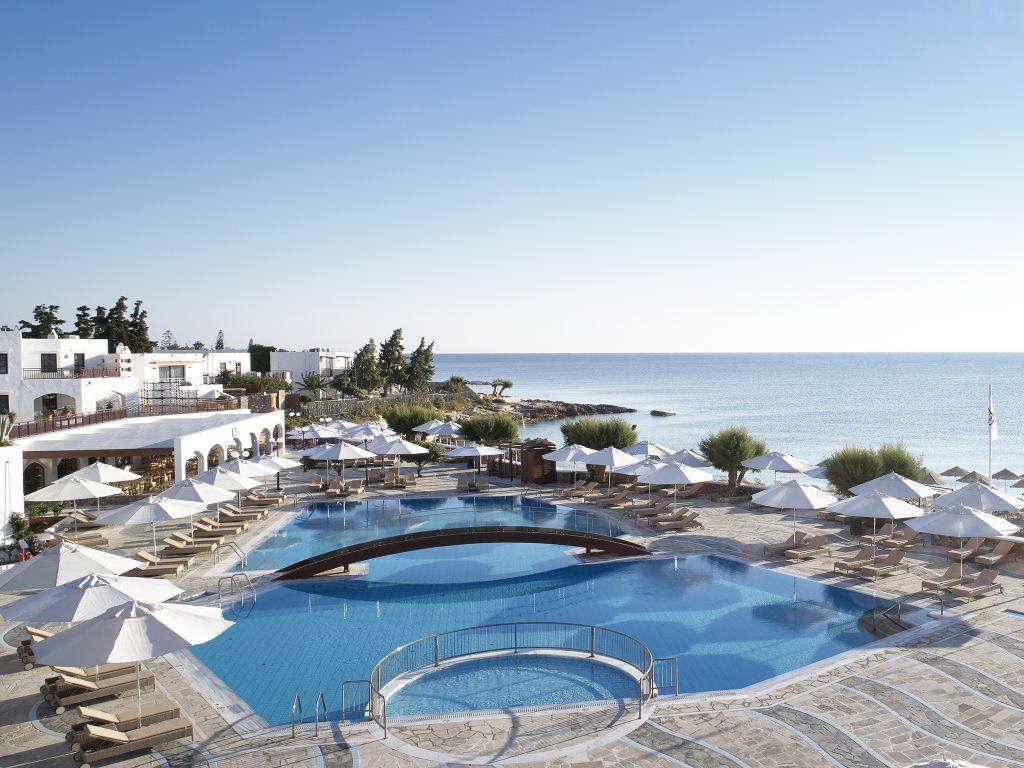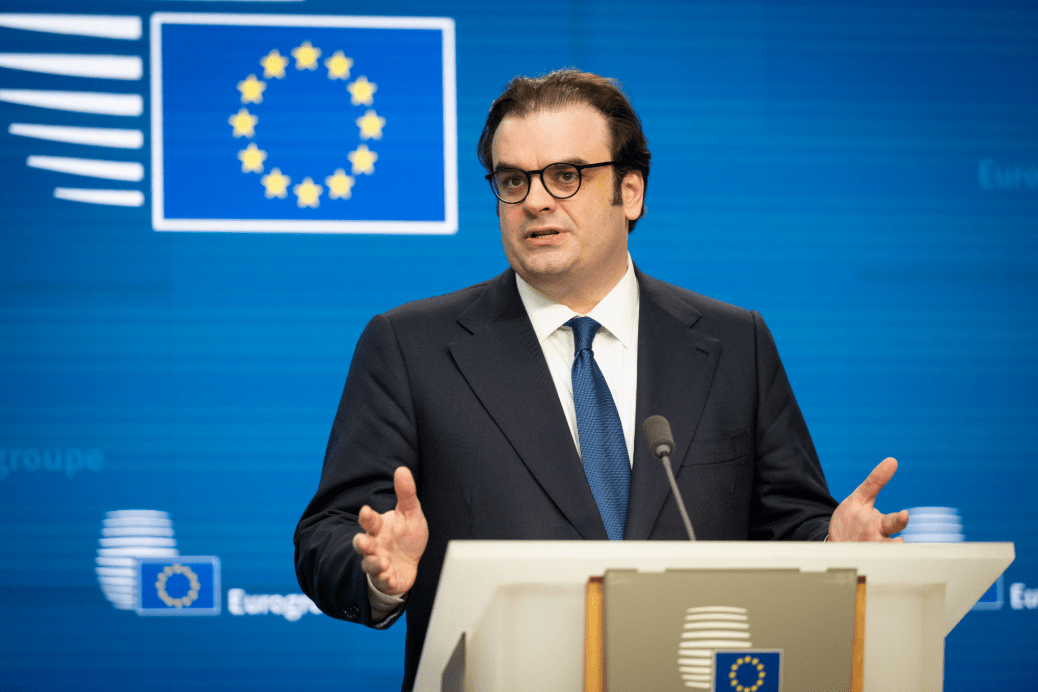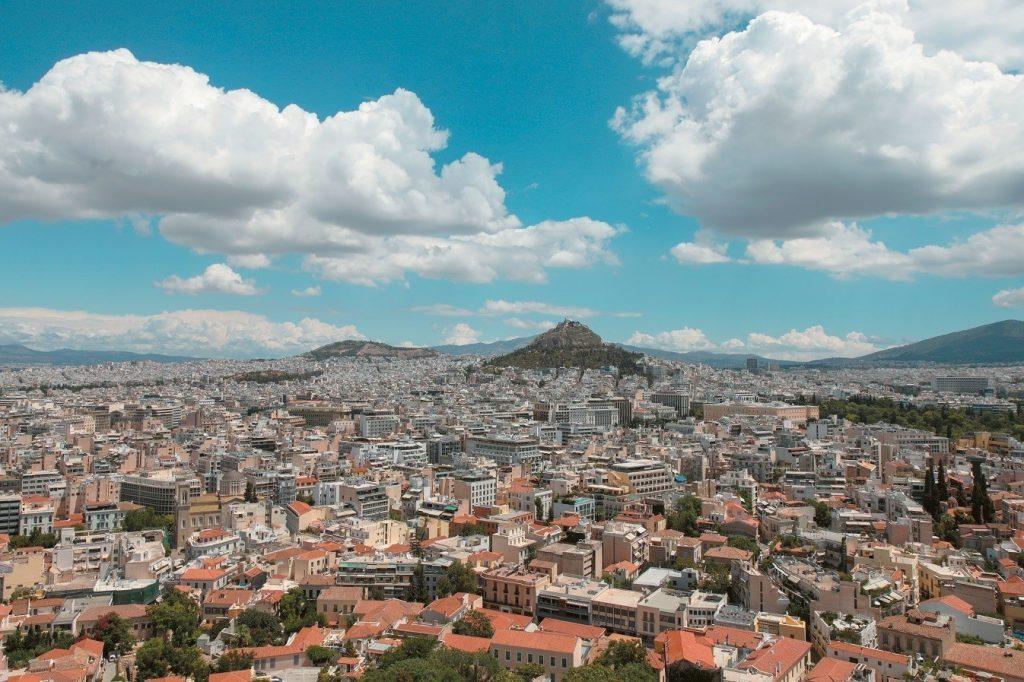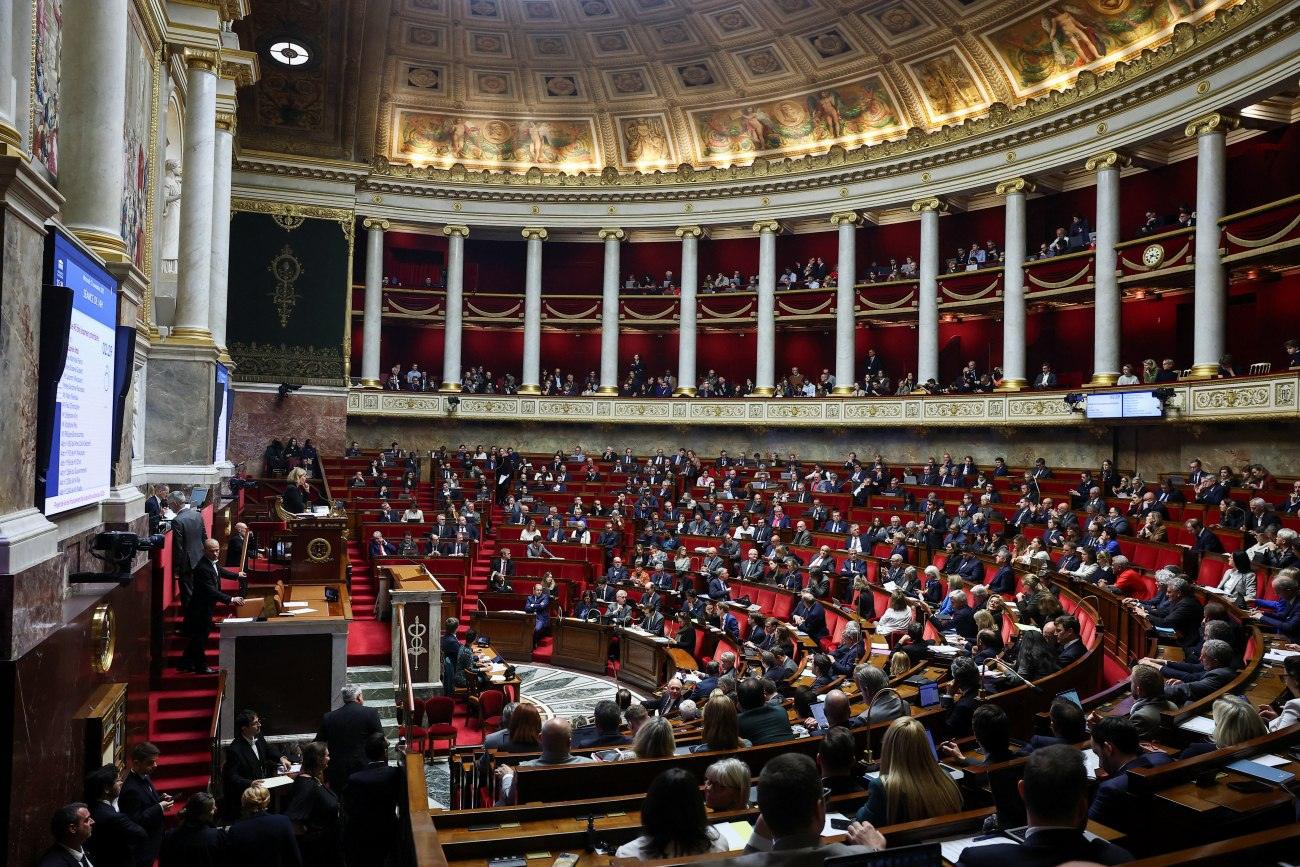In recent years, luxury real estate in Greece has become increasingly sought-after, firmly establishing the country as a premier destination in the high-end property market. Greece’s strategic advantages—its natural beauty, cultural heritage, and steadily growing tourism industry—have made it a magnet for both investors and lifestyle buyers looking for premium residences.
Whether it’s top-tier properties such as villas, estates, condos, and rare penthouses priced between 11,000 and 25,000 euros per square meter, or upscale modern homes for affluent couples and families starting at 350,000–400,000, euros the Greek luxury housing sector continues to show robust annual price growth.
According to Korina Saia, CEO of Premier Realty Greece, international investment in the country’s luxury real estate remains strong. “Infrastructure plays a critical role in enhancing Greece’s appeal as a high-quality destination,” she notes.
Data from the Bank of Greece shows that foreign investment in the country’s real estate market reached 2.75 billion euros in 2024—a 28.9% increase from the previous year.
Among the most ambitious infrastructure projects driving this surge is the Athens “The Ellinikon” project, transforming the area into a state-of-the-art urban district, featuring luxury residences, shopping malls and a cutting-edge marina.
On the island of Mykonos, upgrades to the Tourlos marina and the expansion of the airport to accommodate more private flights are further solidifying the island’s status as a global luxury hotspot.
Even quieter destinations like the Ionian island of Lefkada are seeing rising interest, with plans to modernize its port and construct new marinas, appealing to investors looking for serenity without sacrificing sophistication.
Compared to other established European destinations—such as Spain’s Costa del Sol or Italy’s Porto Cervo in Sardinia—Greece offers a rare mix of natural charm, cultural depth, and improving infrastructure, which together make it highly competitive in the luxury property market.
Saia notes that, despite recent progress, key infrastructure gaps remain—ranging from port and airport upgrades to improved 5G coverage and water systems in high-traffic tourist areas like Mykonos and Santorini.
Source: tovima.com
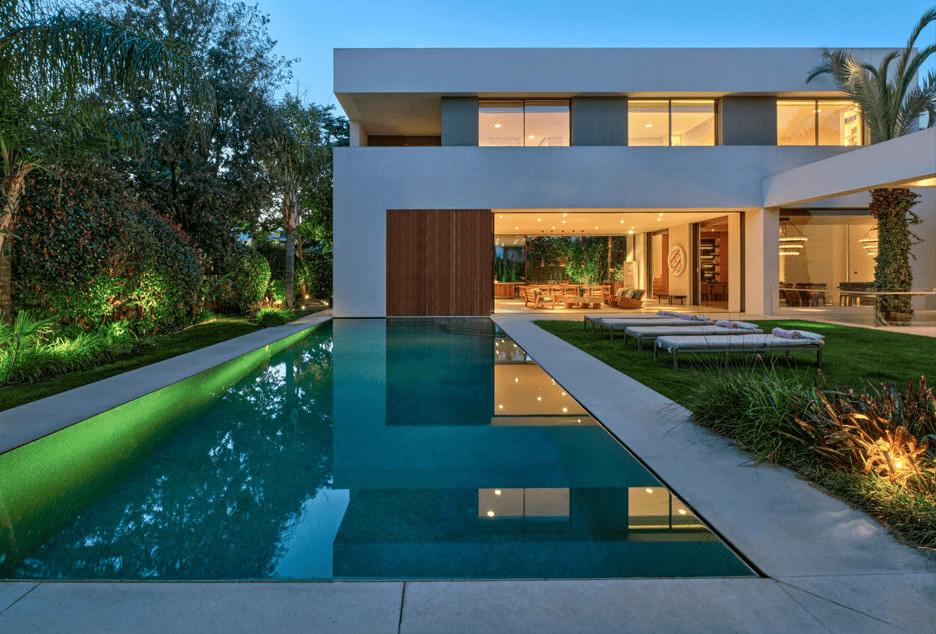

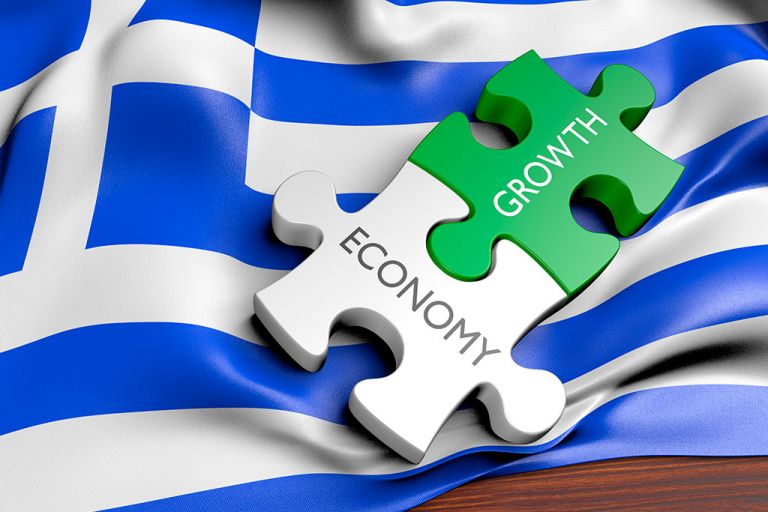

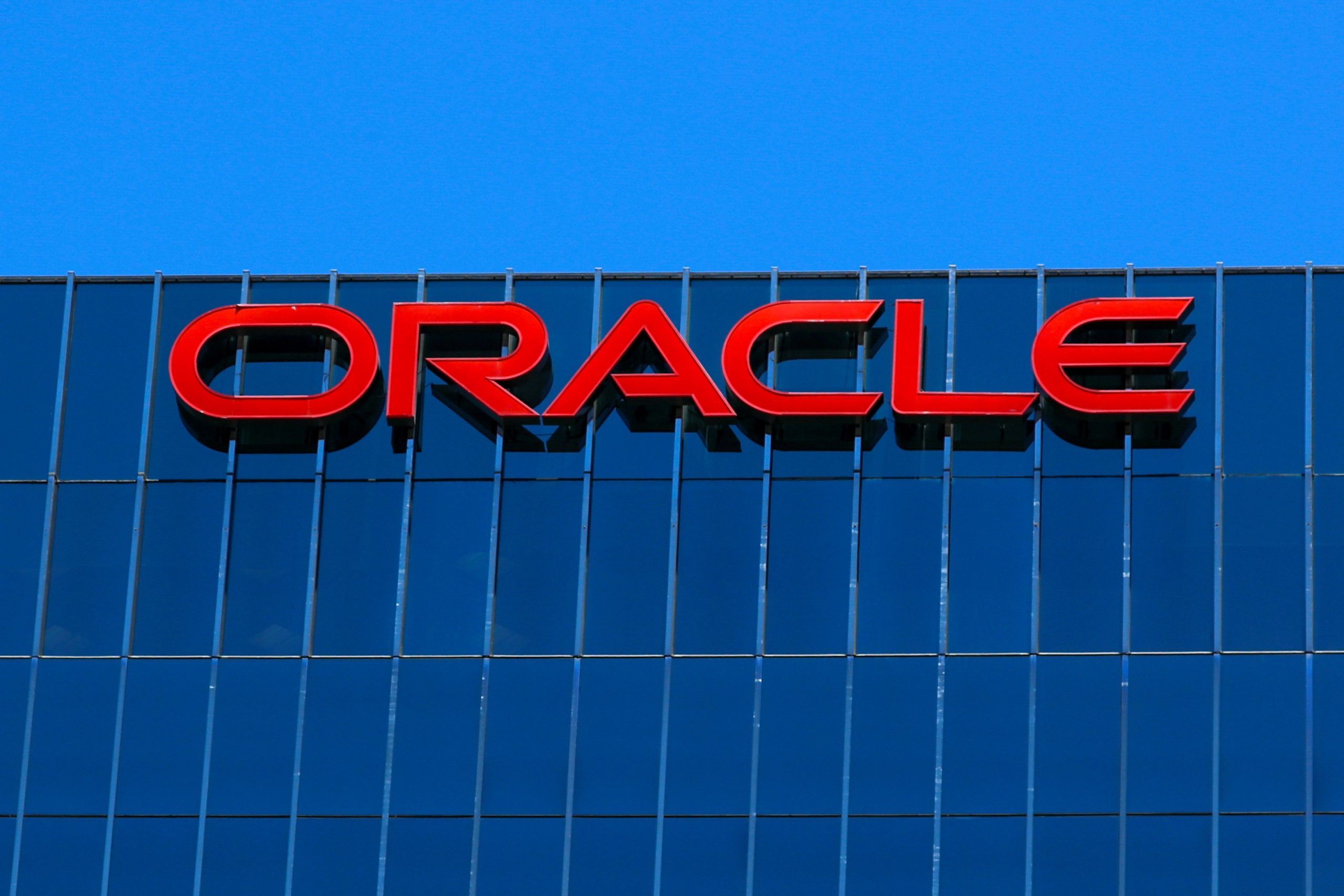





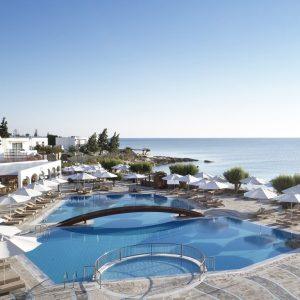
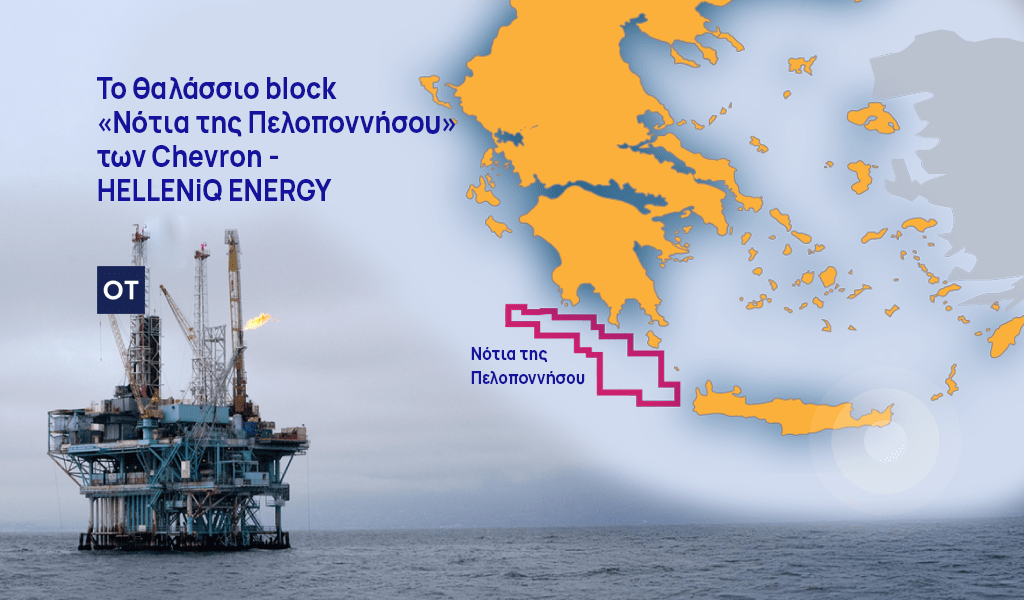

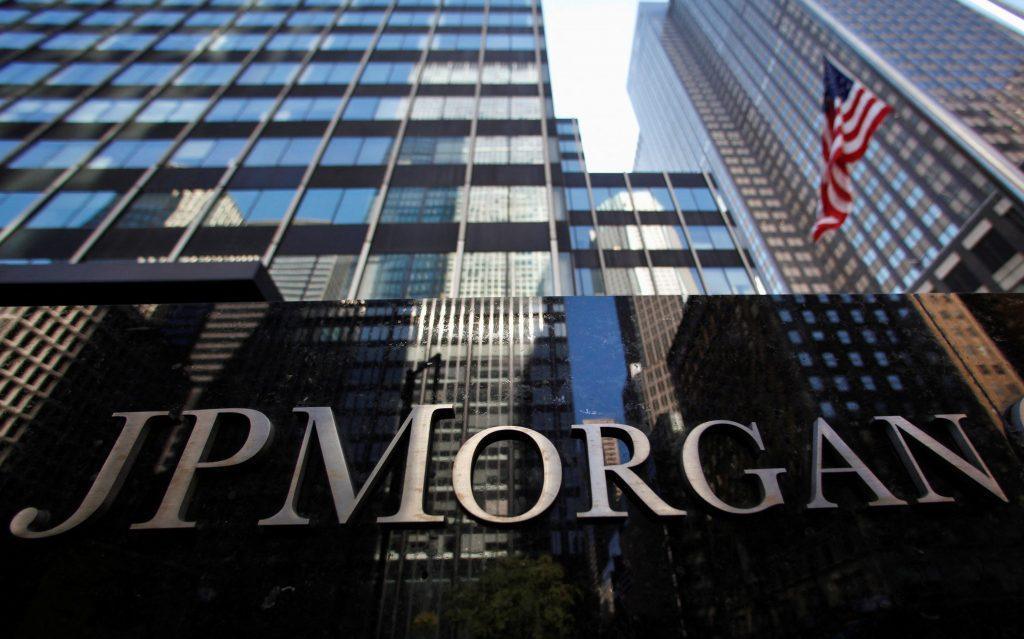

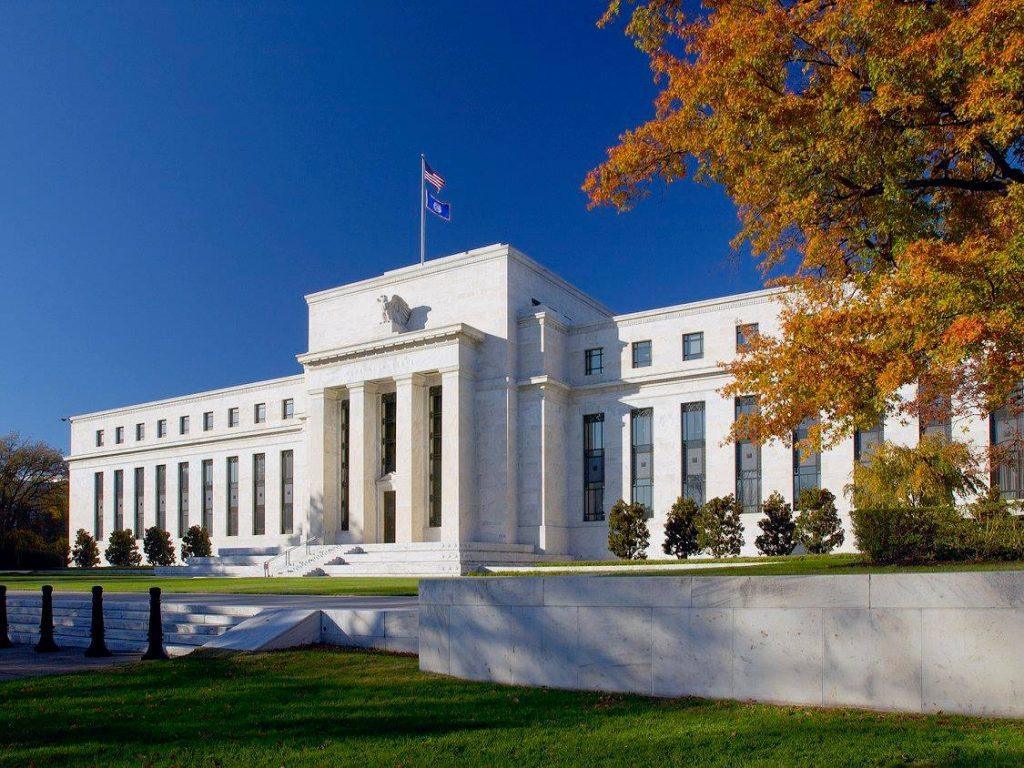

![Ακίνητα: Πόσο κοστίζει το τ.μ. σε Άρτα, Γιάννενα και Πρέβεζα [πίνακες]](https://www.ot.gr/wp-content/uploads/2025/12/ipeiros-1.jpg)

